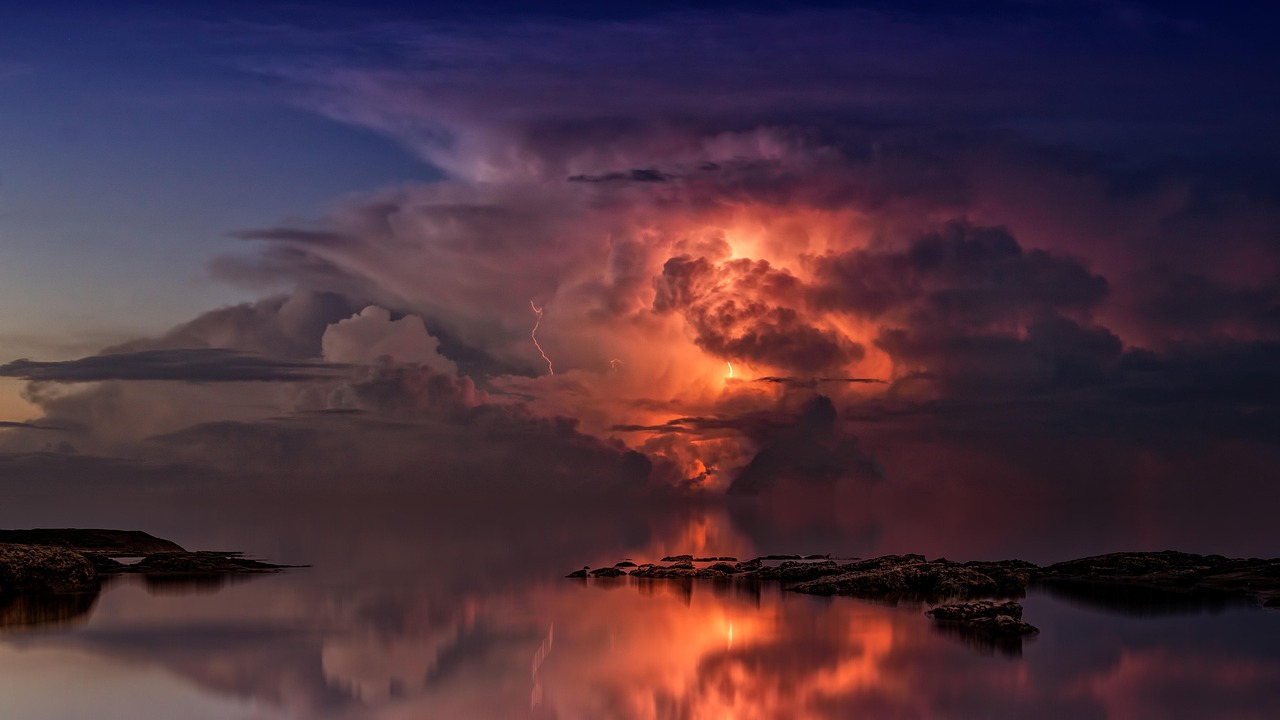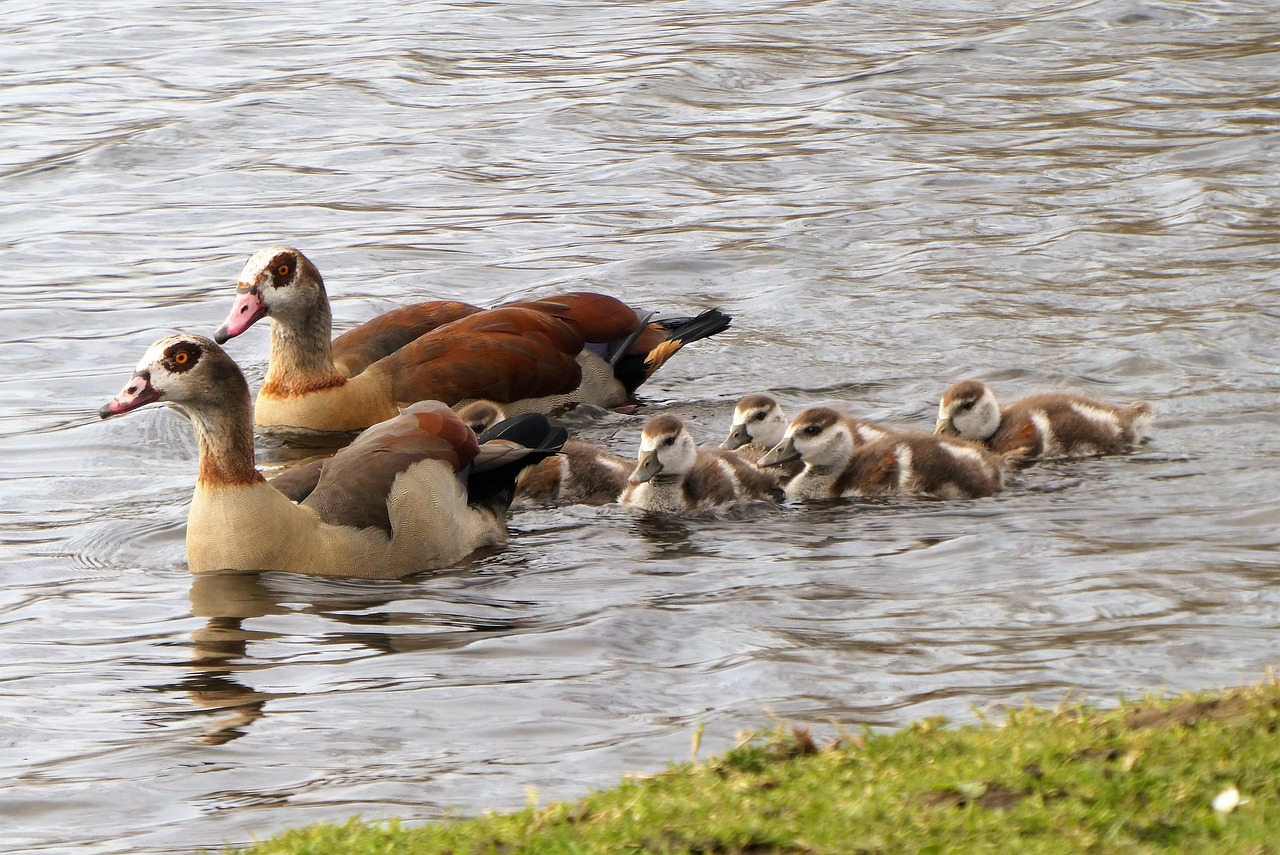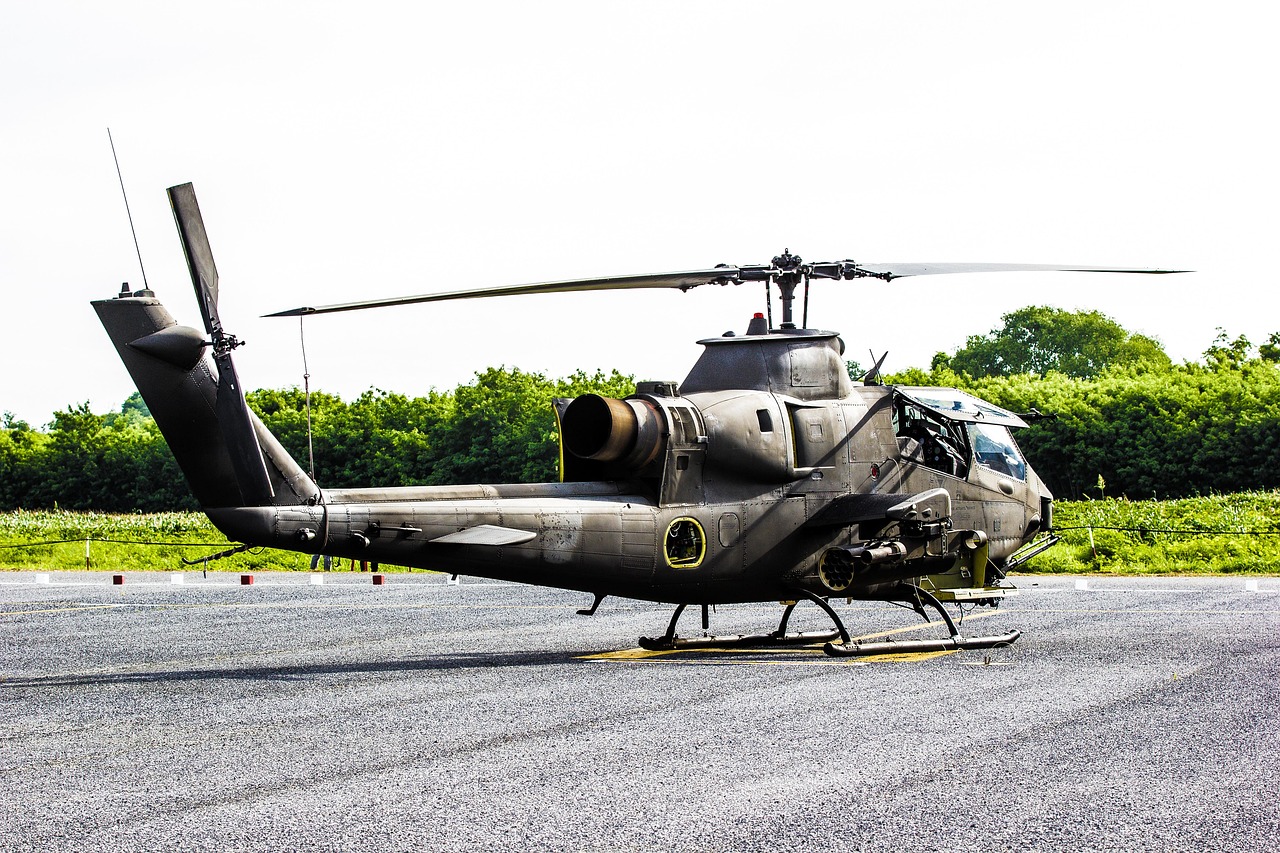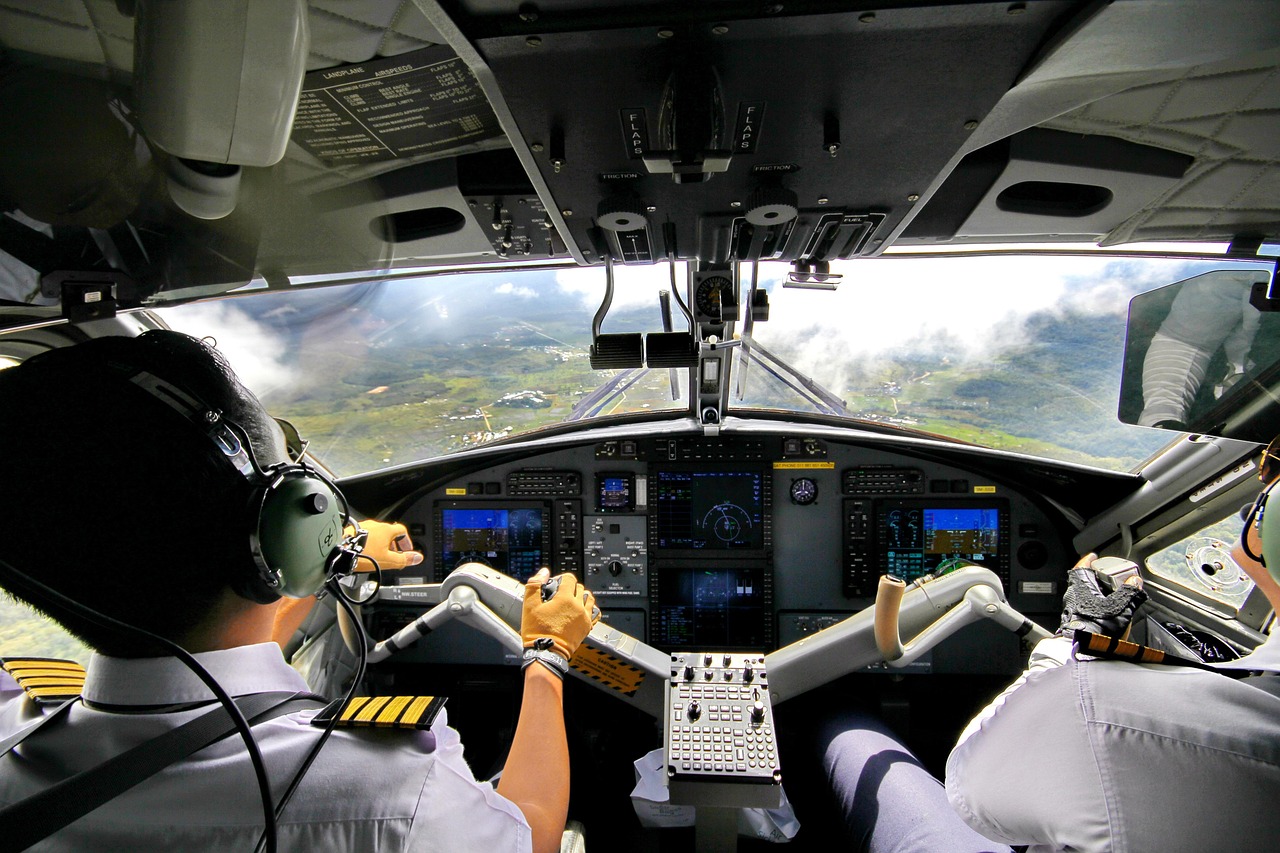NFT Weather Data Artwork: Bridging Meteorology and Digital Art

The advent of blockchain technology has given rise to numerous innovations, with Non-Fungible Tokens (NFTs) standing out as a particularly transformative development in the digital art world. Among the many creative applications of NFTs, one intriguing intersection is that with meteorological data, resulting in NFT weather data artwork. This unique fusion not only reflects dynamic climatic conditions but also challenges traditional notions of art ownership and authenticity.
At its core, NFT weather data artwork involves the use of real-time meteorological data to create digital art pieces that are both unique and verifiable on the blockchain. Each piece is typically generated using a combination of weather parameters such as temperature, humidity, wind speed, and atmospheric pressure. These elements are algorithmically transformed into visual representations, which are then minted as NFTs.
The Technical Framework
The creation of NFT weather data artwork requires a robust technical framework. Artists and developers collaborate to design algorithms that interpret weather data into aesthetic forms. Here’s a breakdown of the process:
- Data Acquisition: Meteorological data is sourced from reliable weather APIs, which provide real-time information on various atmospheric conditions.
- Algorithm Design: Artists work with developers to design algorithms that translate data into visual elements. This may involve complex mathematical models or machine learning techniques to ensure the artwork reflects the nuances of weather patterns.
- Minting NFTs: Once the artwork is generated, it is minted on a blockchain, ensuring its uniqueness and provenance. Popular platforms for minting include Ethereum, Tezos, and Solana, each offering different advantages regarding transaction speed and energy consumption.
Global Context and Significance
The integration of weather data into digital art has garnered interest worldwide, reflecting a growing appreciation for the confluence of technology and environmental awareness. Several factors underscore the significance of this trend:
- Environmental Awareness: As climate change becomes an increasingly urgent issue, art that visualizes weather patterns brings greater awareness to environmental conditions, encouraging public engagement and understanding.
- Innovation in Art: NFT weather data artwork represents a new frontier in digital art, pushing the boundaries of creativity and interactivity. It challenges artists to think beyond traditional mediums and engage with technology in novel ways.
- Market Dynamics: The NFT market has exploded in recent years, with sales reaching billions of dollars. Weather data art introduces a fresh category within this market, appealing to collectors interested in both art and science.
Challenges and Ethical Considerations
Despite its potential, NFT weather data artwork faces several challenges. The environmental impact of blockchain technology, particularly the energy consumption associated with some proof-of-work networks, raises ethical concerns that artists and platforms must navigate. Moreover, the volatility of the NFT market poses financial risks for artists and collectors alike.
Efforts are underway to address these challenges. The development of more sustainable blockchain solutions, such as Ethereum’s transition to a proof-of-stake consensus mechanism, aims to reduce the carbon footprint of minting NFTs. Additionally, some artists are exploring hybrid approaches that combine blockchain technology with traditional art sales to mitigate financial risks.
Conclusion
NFT weather data artwork exemplifies the innovative spirit of the digital age, merging scientific data with artistic expression to create pieces that are visually compelling and rich in context. As the technology evolves, it promises to expand the horizons of both art and data representation, offering new ways to engage with the world around us. For tech-literate professionals and art enthusiasts, this burgeoning field offers a glimpse into the future of creativity and environmental interaction.













